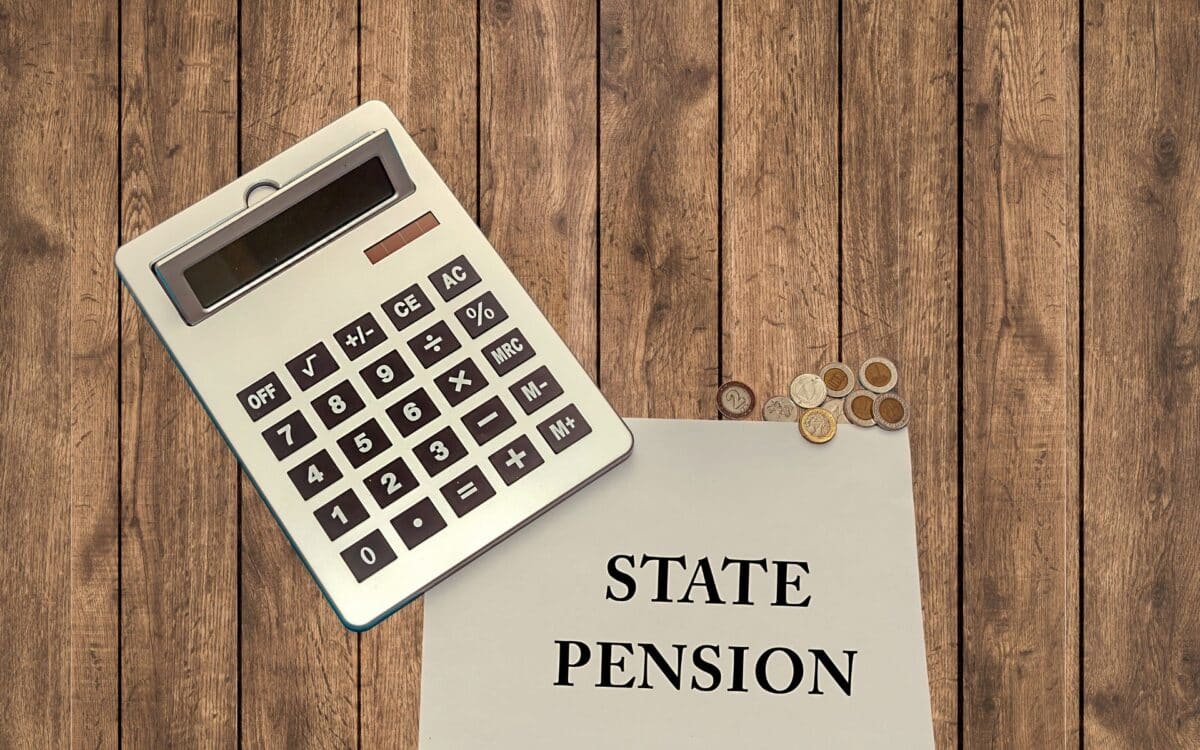From 7 April 2024, millions of UK retirees will see a change in their state pension payments. The adjustment follows a well-established system designed to ensure pensions keep pace with broader economic factors.
According to Manchester Evening News, the number of people claiming the state pension reached 13 million in August 2024, marking an increase of 203,000 from the previous year. With recent government figures highlighting shifts in pension claims, many will be keen to understand what this means for their finances.
While the increase is confirmed, its impact and the details behind the adjustment raise important questions for those relying on this support.
How Much Will Pensions Increase?
Millions of retirees in the UK will see their state pension increase by 4.1% from 7 April 2024. The adjustment, determined by the triple lock mechanism, ensures that pensions rise by the highest of inflation, wage growth, or 2.5%. This year, the increase is driven by wage growth, which was confirmed at 4.1%.
The increase will affect both the new state pension and the basic state pension, with specific changes depending on each individual’s National Insurance (NI) record.
The new state pension is currently £221.20 per week (£11,502.40 per year) and will rise to £230.25 per week (£11,973 per year), representing a maximum annual increase of £470.60.
Meanwhile, the basic state pension, currently £169.48 per week (£8,812.96 per year), will increase to £176.45 per week (£9,175.61 per year), resulting in a maximum annual rise of £362.65.
To qualify for the full new state pension, most individuals need 35 qualifying years on their NI record, while a minimum of 10 qualifying years is required to receive any amount.
For those under the basic state pension system, the requirements vary depending on birth year and gender. Men born between 1945 and 1951 generally need 30 qualifying years for the full amount, or 44 years if born before 1945, while at least one qualifying year is required to receive any payment.
Women born between 1950 and 1953 usually need 30 qualifying years for the full amount, or 39 years if born before 1950, and at least one qualifying year to receive any entitlement.
Why Is the Pension Increasing?
The triple lock policy, introduced to protect pensioners from falling behind financially, ensures that pensions rise based on the highest of three factors: inflation, measured in September of the previous year; wage growth, which reflects average earnings growth between May and July; or a fixed 2.5% increase.
This year, the 4.1% rise is based on wage growth, meaning pensioners benefit from the increase in earnings across the workforce.
How Many People Will Be Affected?
According to government data, the number of people receiving the state pension reached 13 million in August 2024, marking an increase of 203,000 from the previous year. This reflects the growing number of retirees and the ageing population in the UK.
Pensioners can verify their updated payments through the Department for Work and Pensions (DWP). Online tools like the State Pension Forecast service allow individuals to check their expected payments and review their National Insurance record.
Anyone approaching state pension age should ensure their contributions are up to date to maximise entitlements.









